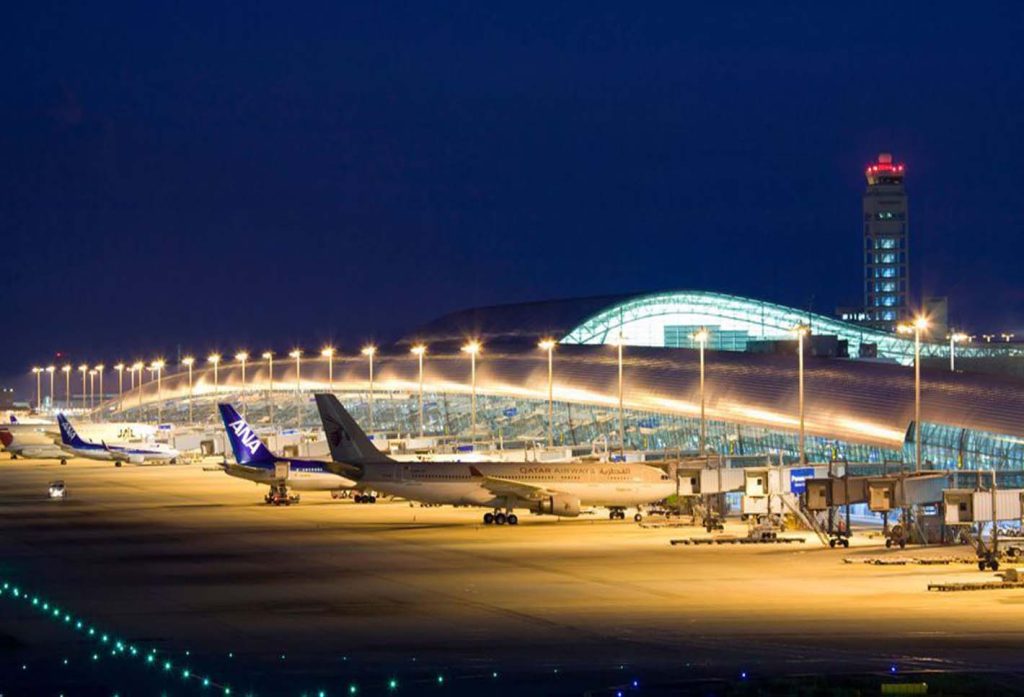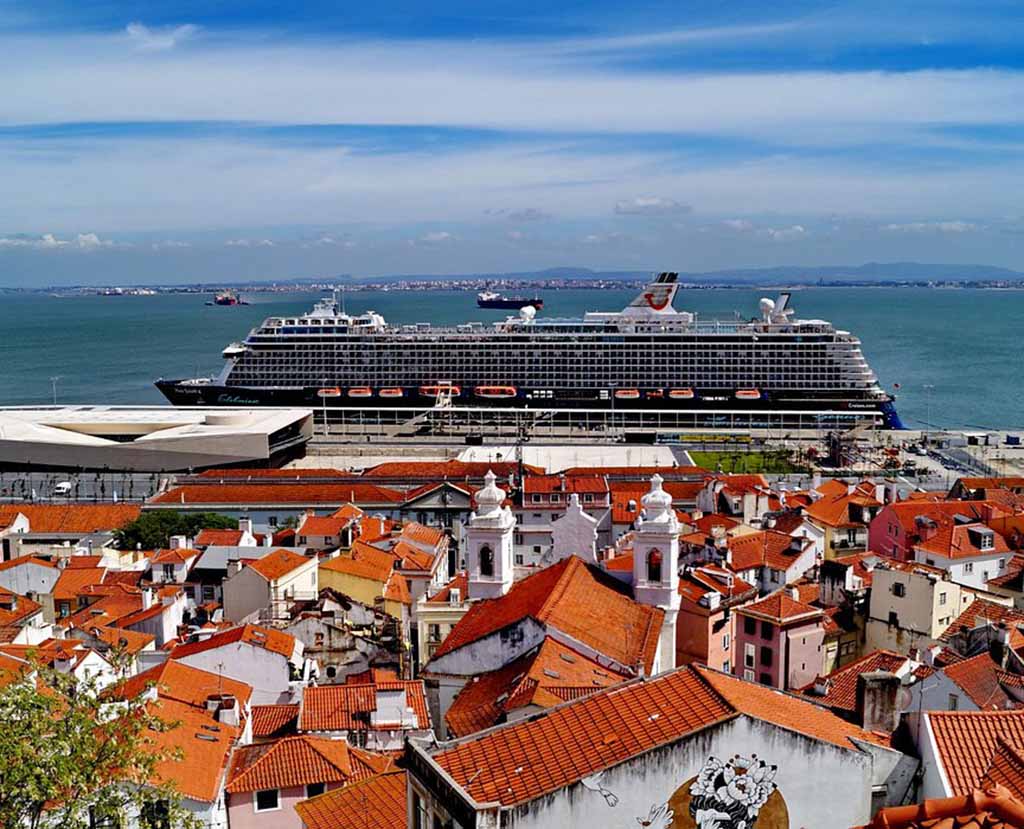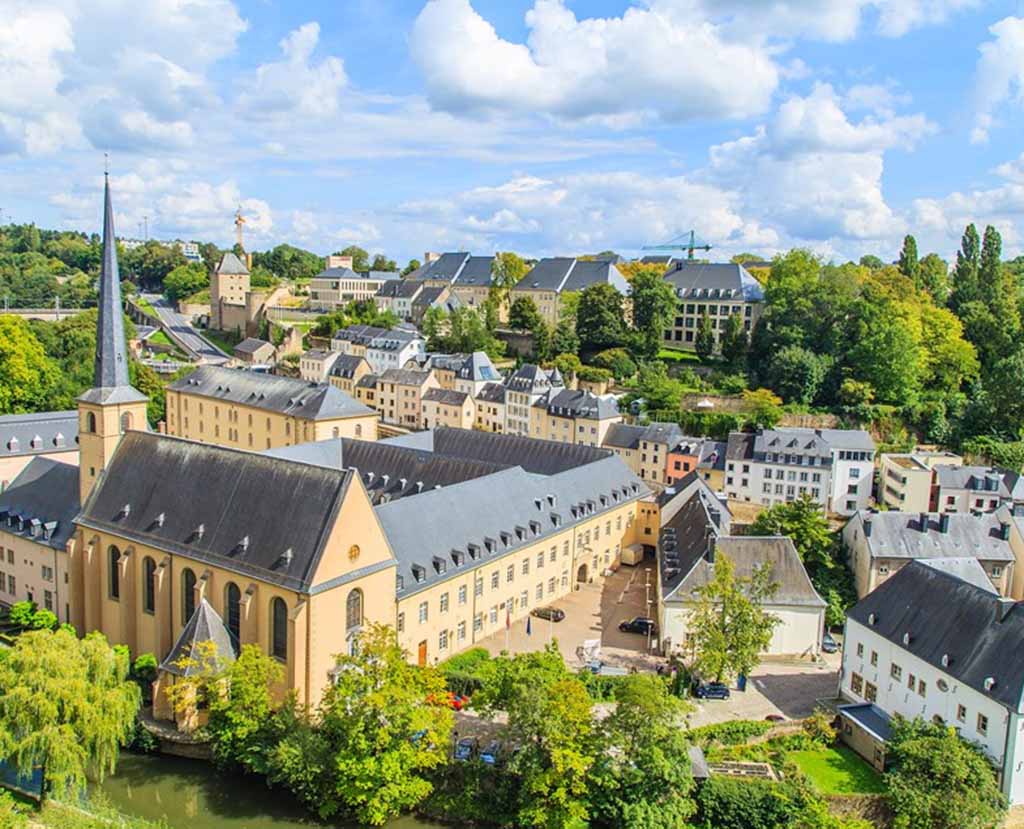Europe is home to numerous bustling airports that serve as gateways to the continent’s diverse attractions. However, navigating these airports can sometimes be a daunting task, especially for first-time travelers. we will provide you with valuable tips and insights to ensure a seamless and efficient experience while transiting through Europe’s airports.
Pre-Departure Preparation
a. Research and Plan: Familiarize yourself with the layout, facilities, and transportation options of the airports you’ll be transiting through. Check for any terminal changes or construction updates that may affect your journey.
b. Know Your Connections: Study your itinerary and understand the time needed for connecting flights. Leave ample buffer time between flights, especially if you need to go through passport control or security checks.
c. Pack Smart: Ensure your carry-on luggage adheres to the airlines’ size and weight restrictions. Familiarize yourself with the Transportation Security Administration (TSA) guidelines to avoid any delays or confiscated items.
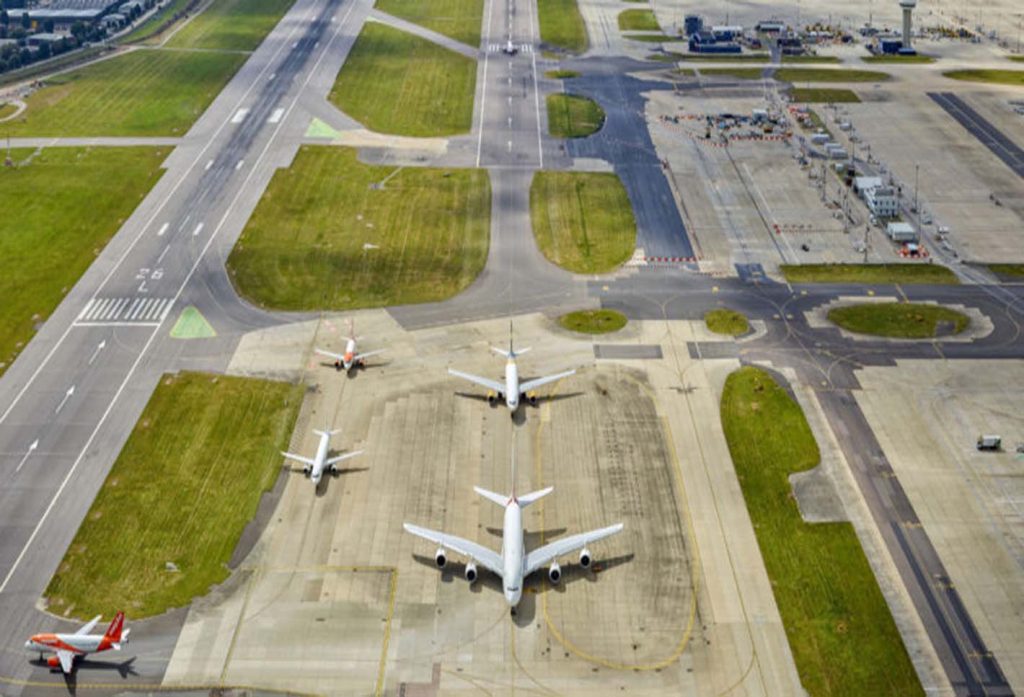
Arrival and Immigration
a. Follow Signage: Upon arrival, follow the signs for immigration and passport control. Have your passport and relevant documents ready for inspection. Non-European Union (EU) travelers should complete any necessary visa procedures before proceeding.
b. EU Passport Control: EU citizens should look for the “EU Passport Control” lanes, which typically have shorter queues. Non-EU travelers should be prepared for potentially longer wait times, especially during peak travel seasons.
c. Customs Declarations: Familiarize yourself with the customs regulations of the country you are entering. Declare any necessary items and ensure compliance to avoid penalties or delays.
Baggage Claim and Transit
a. Baggage Collection: Proceed to the designated baggage claim area to retrieve your checked luggage. Keep your baggage tags and receipts handy for verification purposes.
b. Transit Options: If you have connecting flights, check the airport’s transit facilities. Some airports provide dedicated transfer desks or shuttle services to assist passengers in reaching their next departure gate. Follow the signage or ask airport staff for guidance if needed.
c. Security Checks: Be prepared for security screenings during your transit, including the possibility of removing electronic devices from your carry-on luggage. Familiarize yourself with the specific requirements of each airport to expedite the process.
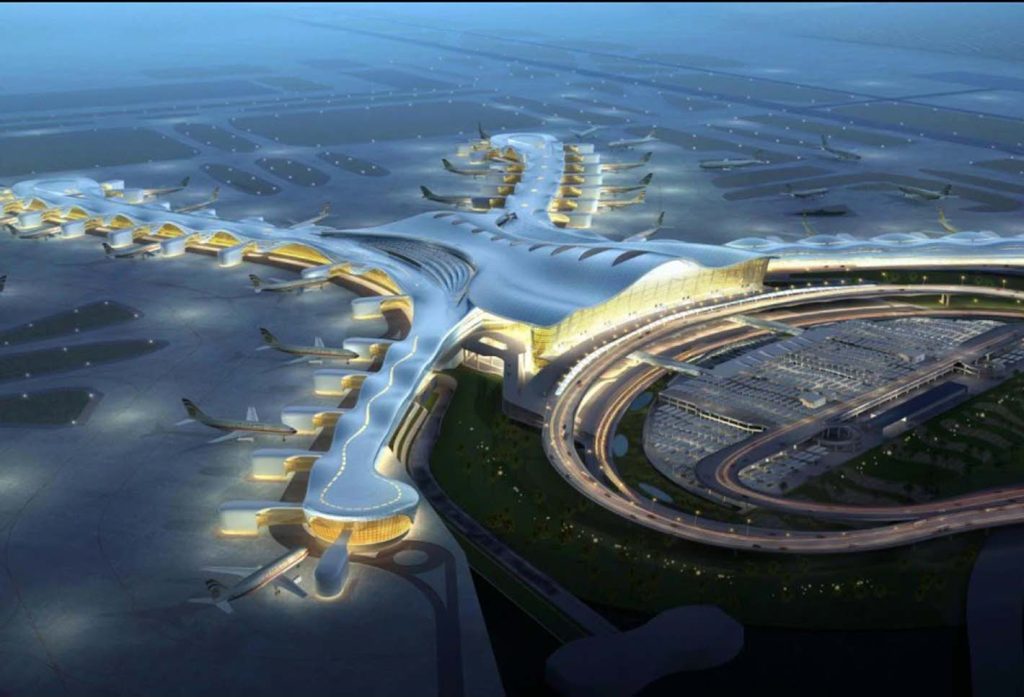
Airport Facilities and Amenities
a. Wi-Fi and Connectivity: Most airports in Europe offer free Wi-Fi, allowing you to stay connected. Look for network names such as “Airport Wi-Fi” or “Free Wi-Fi” and follow the registration process if required.
b. Lounges and Rest Areas: If you have a long layover or need a quiet space, consider accessing airport lounges or designated rest areas. Some lounges offer comfortable seating, refreshments, showers, and even sleeping pods for a fee.
c. Shopping and Dining: Explore the various shopping and dining options available at the airport. Duty-free shops, local boutiques, and international brand outlets offer a range of products. Sample regional cuisine or grab a quick bite to satiate your hunger.
Ground Transportation
a. Public Transport: Research the public transportation options available from the airport to your final destination. Many European airports have efficient train or bus connections, providing cost-effective and convenient ways to reach city centers.
b. Taxis and Rideshares: Taxis and rideshare services are readily available at most airports. Ensure you use authorized services and agree upon the fare before starting your journey.
c. Car Rental: If you plan to explore Europe by car, consider renting a vehicle from the airport. Make reservations in advance to secure the best rates and check for any additional requirements, such as an International Driving Permit (IDP).
Language and Cultural Awareness
a. Language Barriers: While English is widely spoken at most European airports, it is helpful to learn a few basic phrases in the local language. Politeness and a smile can go a long way in overcoming any language barriers you may encounter.
b. Respect Local Customs: Familiarize yourself with the local customs and etiquette of the country you are visiting. Be mindful of cultural differences and adhere to airport regulations to ensure a smooth and respectful experience.
Navigating Europe’s airports can be a breeze with proper planning and preparation. By following these tips, you’ll be equipped to handle the various stages of your airport journey efficiently, leaving you more time and energy to enjoy your European adventures. Remember to stay organized, remain patient, and embrace the excitement that comes with exploring the wonders of Europe. Safe travels!
